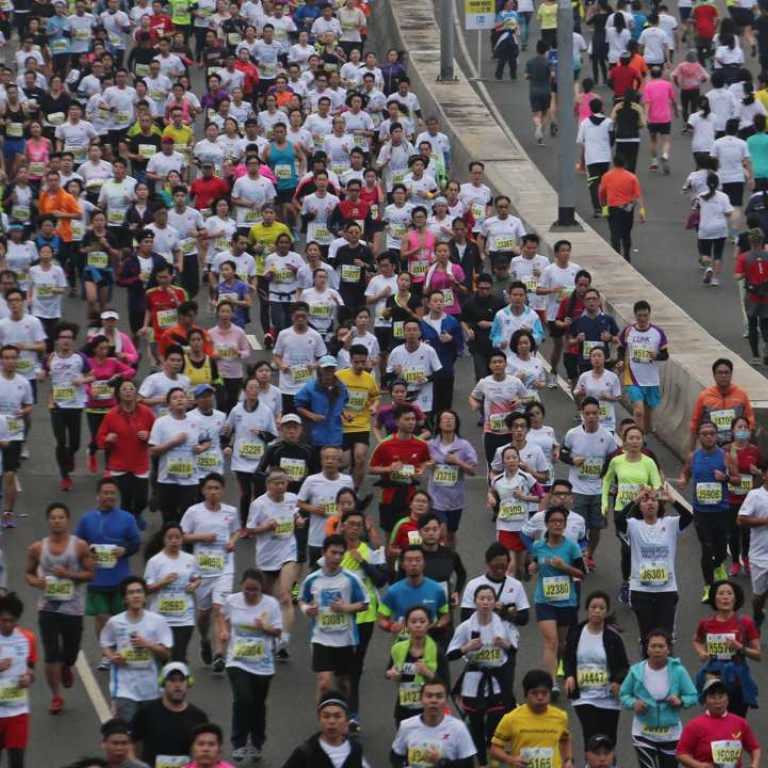
Six things distance runners need to know, according to scientists, about energy, sweat and ‘the wall’
The science of running marathons explained: why training matters, how muscles get sore, what happens when you hit the wall, and what a runner’s high has to do with marijuana
Why do muscles burn during a marathon? How does sweat cool the body? What exactly happens that causes a runner’s high? In a recent video by the American Chemical Society, experts explain that the science of distance running. Here are a few things you should know.
Fact 1: You need three things to run a marathon: energy, oxygen and water.
Our bodies mainly use sugar glucose for energy. Most of us have plenty of them inside, stored in big blobs called glycogen that can hold 30,000 glucose molecules. Building up glycogen is the basis for carbo-loading – that’s when runners eat loads of carb-heavy meals, cramming as much glucose into their cells in the days before a race. Studies show it actually does work to increase your energy stores.
Fact 2: Oxygen is key to using glucose efficiently.
Our cells use oxygen in the reactions that break down glucose. Oxygen fuels our body’s breakdown of glucose to water and carbon dioxide. Training increases the amount of oxygen your body takes in and your cells’ ability to use it. All that makes for more efficient use of last night’s pasta.

Fact 3: Lactic acid doesn’t lead to muscle soreness
When you start getting out of breath, your body falls behind on the clean-up of waste products from burning all that fuel. That can lead to fatigue. As your aerobic respiration rates drop, your cells can only break glucose in half. That makes lactic acid. It’s a myth that lactic acid leads to muscle soreness, but the higher acidity inside your cells does disrupt biological processes. That’s why your brain tells your legs they are on fire: it wants you to slow down and catch your breath.
Fact 4: When runners say they have “bonked”, it means they have run out of glycogen.
It tends to happen around 32km, which is when many distance runners feel like they’ve hit “the wall”. When that happens, your cells start breaking down fatty acids to make more energy. Endurance athletes who have trained properly can “break through the wall” more smoothly and keep on moving. Hitting the wall unprepared can be dangerous. Breaking down fatty acids forms ketones, which can trip a process that drops your pH and causes dehydration – this tires you out faster.

Fact 5: Sweating keeps you cool, but also drains you of salts.
When you sweat, liquid water on your skin evaporates, turning into water vapour. The energy that water molecules take into the gas phase comes from your body’s heat. That’s how sweating cools you off – it literally pulls heat away from your body.
Sweat also gets rid of salt. When we’re glistening heavily we can run low on salts, which is why sports drinks contain sodium chloride, calcium chloride, potassium phosphate and other salt – also known as electrolytes.

Fact 6: The mechanism behind the runner’s high is no different from taking marijuana.
Recent research shows a connection between the euphoria and the brain’s endocannabinoid system, the same one that responds to the active ingredient in pot: THC. Scientists have found high levels of a THC relative called anandamide in runners’ blood after they work out. That leads to an increase of every brain’s favourite molecule and the one that results in the “high”, dopamine.

